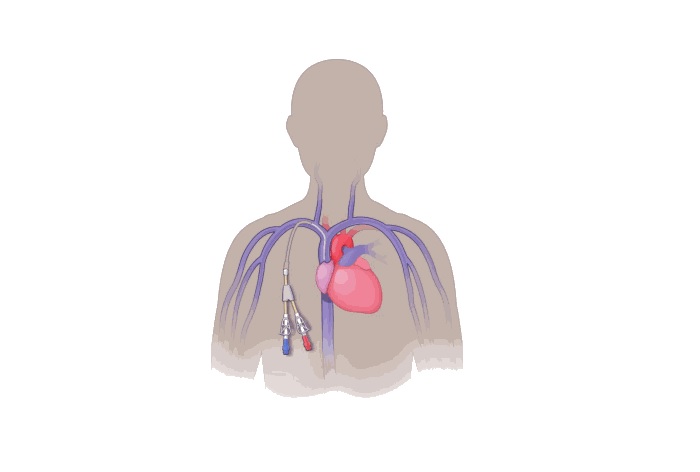Risk factors for the development of venous thrombosis in pa-tients with a central venous catheter admitted to the intensive care unit of the Roberto Gilbert Elizalde children's hospital
Main Article Content
Abstract
Introduction: Advances in the management and survival of severe pediatric disease have led to an increase in thromboembolic phenomena, given the frequent need for central venous catheters (CVC). The present study describes the conditions in which venous thrombosis occurs in pediatric patients with CVC in a public referral center in Guayaquil.
Methods: This is an observational, cross-sectional study with the objective of identifying factors that are associated with the development of venous thrombosis in patients with CVC admitted to the Intensive Care Unit. Information was collected in a pre-designed chart of all patients with CVC for more than 7 days. A venous Doppler ultrasound was performed to determine the presence or absence of thrombi. Descriptive statistics were used for univariate analysis and Odds Ratio was used for the bivariate analysis.
Results: 35 patients were included in the study, 14/35 (40%) young infants, 24/35 males (69%), 19 cases (54%) with malnutrition, 10 cases (29%) with congenital heart disease, and 18 cases (51%) admitted for infections. The puncture site was femoral in 11 cases (31%), the procedure was performed by the fellow in 20 cases (57%), on a scheduled basis in 27 cases (77%), and performed in a single attempt in 28 cases (80%). The tip of the catheter was located in the superior vena cava in 23 cases (66%). The prevalence of thrombosis was 14% (95% CI 12.33-16.25). Bivariate analysis showed that none of the variables were associated with the pre-sence of CVC thrombosis.
Conclusions: 14% of patients with CVC use for more than 7 days develop secondary venous thrombosis. The factors associated with CVC including nutritional status and related procedures could not be determined.
Downloads
Article Details

This work is licensed under a Creative Commons Attribution-NonCommercial 4.0 International License.


 ORCID
ORCID